Which pre-commissioning method is most cost-effective?
In the world of industrial operations, the efficient and smooth initiation of a project is crucial for its long-term success. This is where pre-commissioning methods come into play, ensuring that systems and processes are thoroughly tested and optimized before production begins. However, as engineers and project managers often face tight budgets and timelines, the question naturally arises: which pre-commissioning method is the most cost-effective? In this blog, we will delve into various approaches, weighing factors such as efficiency, reliability, and financial implications.
1. Flushing and Cleaning Techniques:
Flushing and cleaning are fundamental steps in pre-commissioning, ensuring the removal of contaminants and debris from piping systems. Traditional methods involve using high-pressure water or chemical-based techniques, exposing the system to potential corrosion risks and environmental concerns. Advanced methodologies, such as chemical-free mechanical cleaning processes, have proven to be more cost-effective, extending equipment life, reducing downtime, and eliminating chemical waste. These innovative approaches not only mitigate safety risks but also provide long-term cost savings.
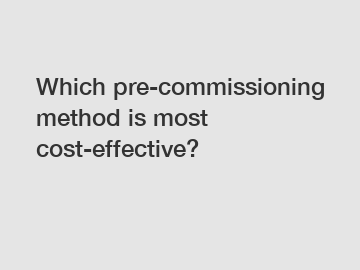
2. Leak Testing:
While ensuring the integrity of a system, leak testing can be costly if not executed efficiently. Traditional approaches, such as hydrostatic testing, involve filling the system with liquid at high pressures, resulting in excessive water consumption and prolonged downtime. The adoption of advanced methodologies, such as helium leak detection or ultrasonic testing, has emerged as a more cost-effective solution. These techniques allow for faster testing, precise identification of leak locations, and minimal system disruption. By minimizing resource consumption and maximizing accuracy, these cutting-edge methods save both time and money.
3. Electrical Testing:
Electrical testing, especially in large-scale projects, can be a significant contributor to pre-commissioning costs. Traditional methods often involve manual testing, which is not only time-consuming but also prone to human errors. To overcome these challenges, automated testing systems have gained popularity, offering a higher degree of accuracy, repeatability, and reliability. These methods streamline the testing process, thereby reducing labor costs, while ensuring that every parameter is thoroughly checked and verified.
4. Preservation Techniques:
Preservation is crucial to prevent corrosion and maintain the integrity of equipment during long idle periods. Traditional preservation methods, such as the application of chemical coatings, require significant time and monetary investments. An innovative and cost-effective alternative is to employ vapor phase corrosion inhibitors (VpCI), which create a protective molecular barrier without the need for physical intervention. VpCI systems avoid tedious removal processes, minimize labor costs, and offer prolonged protection, resulting in substantial savings during pre-commissioning and beyond.
5. Automation and Robotics:
Embracing automation and robotics in pre-commissioning activities is undoubtedly the most forward-thinking approach, promising substantial cost-effectiveness. Advanced robotic systems can execute complex and repetitive tasks with precision, rendering them superior to manual labor. Robotic tools equipped with advanced sensors can detect flaws, optimize processes, and minimize human error. While the initial investment in automation technology may seem significant, the long-term cost savings far outweigh the initial expenditure, as these systems ensure faster completion, fewer reworks, and heightened safety.
Conclusion:
Determining the most cost-effective pre-commissioning method requires a meticulous analysis of various factors, including efficiency, reliability, and financial implications. The traditional manual approaches, while familiar, often come with higher costs and increased risks. In contrast, adopting innovative technologies and methodologies brings forth substantial cost reductions, enhanced process optimization, and long-term savings.
From chemical-free mechanical cleaning to automated testing systems and the incorporation of robotics, each advanced approach shares the common aim of optimizing pre-commissioning while minimizing costs. It is essential to stay abreast of the latest developments and evaluate their applicability on a case-by-case basis. By doing so, project managers can pave the way for successful project initiation, ensuring long-term success while keeping budgets intact.
For more N2 He Leak Testing, Flange Management Process, N2 Leak Testinformation, please contact us. We will provide professional answers.
Related Articles

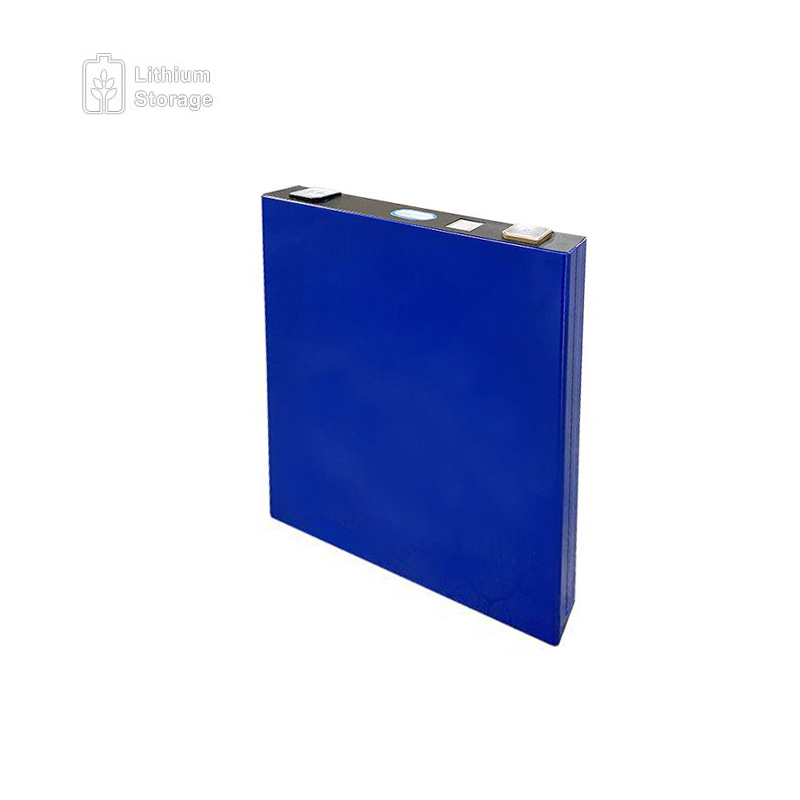
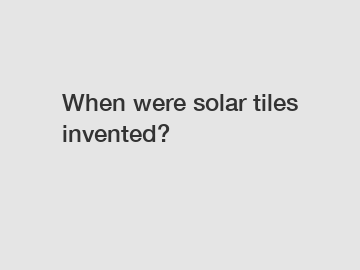

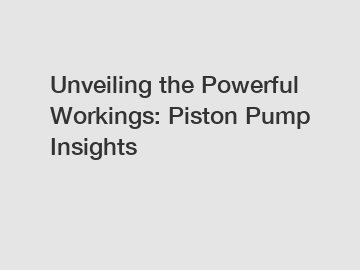


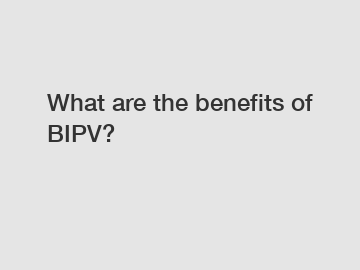

Comments